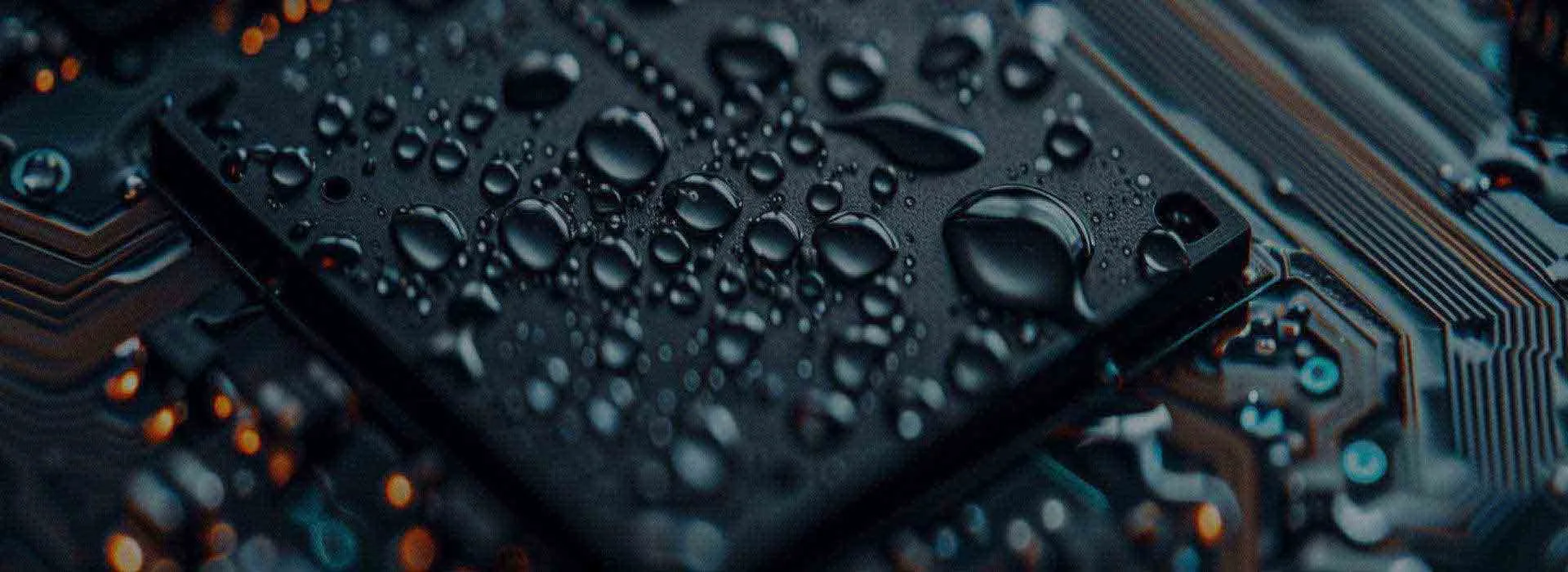
Plasma Nano-Protection (PECVD) Principle

Plasma nano-protection (PECVD) is a method that utilizes plasma-enhanced chemical vapor deposition (Plasma Enhanced Chemical Vapor Deposition) technology to achieve nanoscale protection. The PECVD technique ionizes gases containing thin film constituent atoms through microwave or radio frequency methods, forming plasma locally. Due to the high chemical reactivity of the plasma, reactions occur easily, allowing for the deposition of nanoscale films with dustproof, waterproof, and anticorrosive functions on PCBs or PCBAs.
PECVD Application Scenarios
PECVD technology can be used to prepare various thin film materials, such as silicon nitride films, silicon carbide films, zinc oxide films, etc. These thin film materials have important application value in photoelectronic devices, microelectronic devices and sensors. By controlling the deposition conditions and precursor concentration, PECVD technology can form a nano-level coating on the surface of protected electronic devices such as PCB or PCBA. This coating may have excellent protective performance, such as waterproof, antifouling, anticorrosion, antibacterial, and antioxidant properties. This coating can also be used for protection of various outdoor equipment, medical devices, etc.

UGPCB, after long-term development, not only has leading PCB and PCBA design, prototyping, and production capabilities, but also has a leading PECVD plasma nano-protection business, providing long-term plasma nano-protection services for circuit board products for the company and other PCB or PCBA manufacturers.
 UGPCB LOGO
UGPCB LOGO

WeChat
Scan the QR Code with WeChat